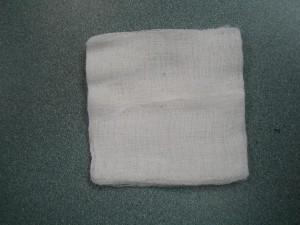It is a known fact that burns vary in severity depending on the coverage of the area affected and how deep the burn penetrates on the skin and tissues. There are also various causes such as friction, heat and chemicals. Since there are different types of burns, there are various types of burn dressings available in the market and they are all designed to protect the damaged tissue, facilitate proper healing of the burn as well as minimizing the risk for infection. When delivering care for burns, it is best to register for first aid training to be familiar with the appropriate measures to carry out.
http://youtu.be/Dsvtzwp4nG8
Fabric and gauze dressing
Dressings which are made of gauze and fabric are essential in providing protection to almost every degree of burn wound. Take note that gauze dressings are specially structured to wrap around an interior sheet of damp dressing in order to secure it on the wound while enabling the movement. The Ace bandage is another type of elastic, fabric wrap that can be used to help minimize the swelling in the affected area.

Antibacterial or antimicrobial dressing
The burn dressings that keep the affected area moist and free from bacteria are vital in the healing process. In most cases, a sliver absorbent dressing can be applied over the burn to absorb fluid that drains from the site. Once this occurs, this dressing transforms into gel-form that protects the burn site from entry of bacteria as it solidifies.
Antimicrobial dressings that are usually made out of soft silicone can also be used which release silver into the wound up to seven days. These types of burn dressings are usually covered with gauze, adherent or fabric in order to secure it in place.
Adherent dressing
There are some burn dressings that are designed to adhere on the affected area. Take note that a low-adherent silicone-covered synthetic mesh can be easily removed without difficulty from the burn site. The more adherent elastic dressings can be utilized to cover the burn wounds on the extremities such as the arms, hands and legs. These dressings are usually applied over other layers.
Emergency dressings
The medical team utilizes certain types of burn dressings that are designed as the first line of treatment for burns during the transport of those who sustained severe burns to the hospital. The water gel dressings are usually coated with gel while the burn is protected by sealing it from air and bacteria until the wound is properly treated at the hospital.
Burn towels are used to cover the wound for protection against airborne pathogens while the burn sheets cover those who have suffered a serious burn injury in order to prevent body heat loss. In some cases, saline solution is also used which replaces the fluid lost from the burn wounds.
